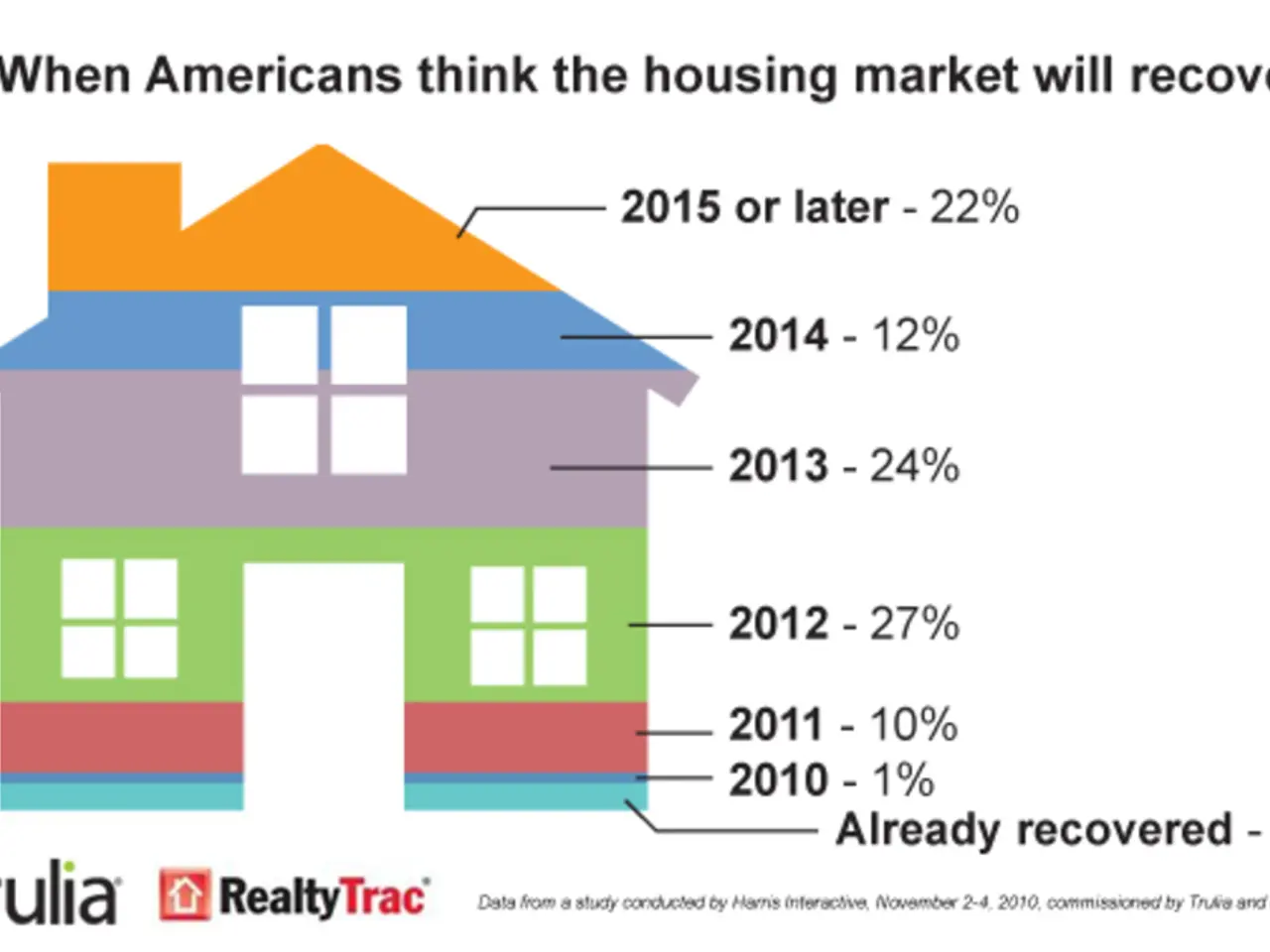Strategies for Employing Color Psychology in Home Design
Color Psychology Transforms Home Spaces
Color psychology plays a significant role in the design of modern homes, influencing the choice of colors for different rooms to evoke specific emotions, moods, and behaviors. By understanding the effects of colors on our emotions and wellbeing, homeowners can create harmonious and inviting living spaces that cater to their lifestyle and needs.
In bedrooms and bathrooms, cool colors like blues, greens, and purples are favored. These calming tones evoke tranquility, promoting sleep and relaxation. Pale blue-gray or lavender can soothe the mind, while aqua or seafoam green creates a spa-like atmosphere.
Kitchens and dining areas, on the other hand, benefit from warm colors such as red, orange, and yellow. These energetic and inviting hues foster sociability and stimulate appetite and conversation. Red, in particular, is known to create lively and engaging spaces.
Living rooms and social spaces require a balanced approach. Soft or muted warm tones like sage green or warm taupe create a relaxing yet welcoming environment that encourages connection. Accent colors and contrast can add personality without overwhelming the space.
Home offices or focus areas call for cool, muted tones like pale blue or gray. These colors support concentration and reduce eye strain, enhancing productivity and calmness.
The psychological effects of color are supported by neurological evidence. For example, blue wavelengths promote calmness and focus, while red wavelengths increase arousal and energy. The saturation, brightness, and context of colors also matter. High saturation may overwhelm, while muted pastels provide balance. Light colors can make rooms feel spacious, and darker shades create coziness or intimacy.
Using analogous colors like blue with green or red with orange can create harmonious and cohesive color schemes. Mixing and matching different hues, tones, and shades can create unique and personalized spaces. Varying intensities of the same color can also create depth and dimension in a room.
Experimenting with different color combinations is an exciting way to explore the power of color psychology in interior design. Pairing complementary colors like blue with orange or yellow with purple can create dynamic and visually appealing contrasts in a room. By understanding and applying color psychology, homeowners can transform their spaces into personal sanctuaries that cater to their emotional and functional needs.
- In a pet-friendly environment, calming tones such as soft greens or blues can create a soothing atmosphere, making it a comfortable space for both humans and pets.
- For those who enjoy shopping for fashion-and-beauty products, bold and vibrant colors like red or pink can energize and stimulate the shopping experience, encouraging spontaneous purchases.
- When traveling, surrounding oneself with warm colors like yellows and oranges can help stir excitement and fostering an adventurous spirit, enhancing the overall travel experience.
- In an education-and-self-development setting, cool and serene colors like pale blue or green can promote focus, concentration, and cognitive function, creating an optimal learning environment.
- For car enthusiasts, a garage painted in dark shades of metallic blue or silver can create a sleek and stylish workspace, reflecting one's love for the automotive world.




